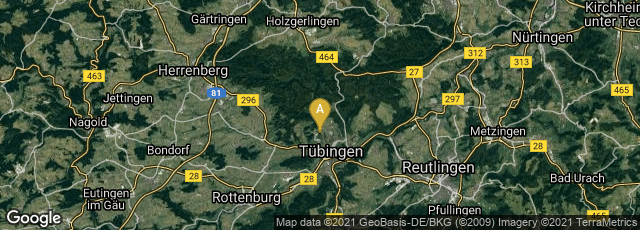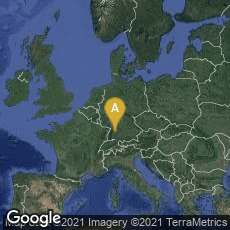

A: Tübingen, Baden-Württemberg, Germany
Discovered in the Vogelherd cave about 1 km northwest of Stetten-ob- Lontal, Baden-Württemberg, Germany, the Wild Horse from Vogelherd, carved from mammoth ivory, is the earliest sculpture of a horse.
The Vogelherd cave is understood to have been a place where humans gathered to eat animals they had hunted. The Wild Horse is part of a collection of ivory carvings that depict mammoths, bison and lions, and a snow leopard found in the cave that date from the Middle Aurignacian period.
"It is exceptionally accurately shaped, perfect in form and remarkably expressive. Due to the curved neck, it is usually thought to represent a stallion with an aggressive or imposing bearing. Only the head is completely preserved. Due to the flaking of external ivory layers, the width has been reduced and the legs have broken off. There are engraved symbols, including cross marks and angular signs, on the back of the neck, as well as on the back and the left chest. Length: 4,8 cm Height: 2,5 cm Width: 0,7 cm Site: Vogelherd, Stetten The original carving is in the Museum Schloss Hohentübingen, Tübingen, Germany" (http://www.ice-age-art.de/anfaenge_der_kunst/vogelherd/pferd.php, accessed 01-22-2013).